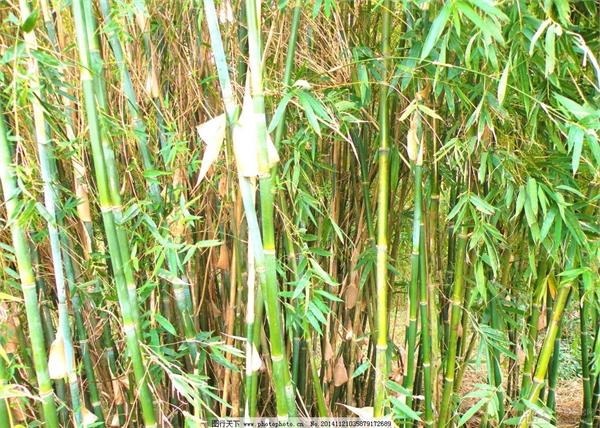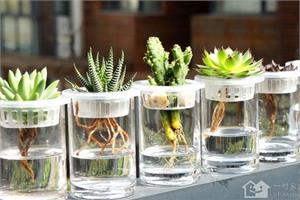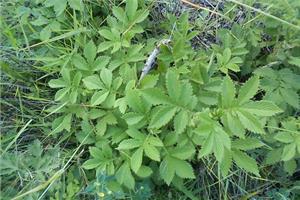How to plant Phyllostachys pubescens and its breeding environment
Green bamboo is another name for bamboo. Green bamboo is a kind of plant that is very common in our life and we all like very much. Since ancient times, green bamboo has been known as one of the four gentlemen of plum orchid bamboo chrysanthemum. So how to grow green bamboo?

Environmental requirements for propagation of Phyllostachys pubescens
Phyllostachys pubescens is a mutation through any method of asexual reproduction, which leads to flowering. Planting bamboo should choose a windward and humid environment. Phyllostachys pubescens grows fast, has a large growth, and has high requirements for water and fertilizer, which requires sufficient moisture, but it should also be well drained. It is required that the soil is deep and fertile and is rich in organic matter and mineral elements.
Planting method of green bamboo
The methods of plant division, branch burying, whip transfer and sowing are often used to propagate. Bamboo whip sprouting power and clump are very strong, cut off bamboo whip before sprouting in early spring, together with bamboo pole respectively planted, new bamboo can grow in summer of that year. The seeds of bamboo can also be sown after flowering. [1]
1. Raising seedlings by burying whips
The method is to dig the strong whip, retain the whip root and whip bud, stay in the root soil, cut the bamboo whip into a whip section of 50-60 cm, lay it flat on the seedling bed, cover the soil 5-8 cm thick, and keep the seedbed moist. After emergence, timely application of nitrogen fertilizer, such as urea, ammonium sulfate and feces and urine of mature people, but also timely weeding. As long as it is properly managed, 2-3 bamboo seedlings can grow from each whip after a year for afforestation in the following spring.
2. Raising seedlings with buried poles
The method is as follows: select a 2-year-old sturdy bamboo pole, dig it up or cut it off, keep a branch on each section of the bamboo pole, cut and remove the tip of the bamboo pole, cut or saw a gap in the middle of the section, soak the bamboo pole in clean water, and seal the incision with clay after the bamboo cavity is full of water. The seedbed opens a horizontal ditch, place the bamboo pole flat (cut up), and then cover the soil for 5 to 10 meters to keep the seedbed moist. After half a year to one year, the bamboo pole can be dug and cut into a single bamboo seedling for afforestation.
3. Burying seedlings
The method is to saw the bamboo pole one by one or every two segments, and then bury it in the seedling bed and cover it with soil and moisturize, its management requirements are the same as those of seedling cultivation with buried poles.
The above is the relevant introduction of this article, I believe you have a simple understanding of this after reading it, if necessary, you can continue to pay attention to the No. 1 home network for more information.
- Prev

Matters needing attention of hydroponic succulent plants key points for maintenance of hydroponic succulent plants
Matters needing attention of hydroponic succulent plants key points for maintenance of hydroponic succulent plants
- Next

What kind of plant is agrimony?
What kind of plant is agrimony?
Related
- Wuhan Hospital Iron Tree Blooming Result Was Instantly Frightened by the Gardener Master
- Which variety of camellia is the most fragrant and best? Which one do you like best?
- What is the small blue coat, the breeding methods and matters needing attention of the succulent plant
- Dormancy time and maintenance management of succulent plants during dormancy
- Minas succulent how to raise, Minas succulent plant pictures
- What are the varieties of winter succulent plants
- How to raise succulent plants in twelve rolls? let's take a look at some experience of breeding twelve rolls.
- Attention should be paid to water control for succulent plants during dormant period (winter and summer)
- Watering experience of twelve rolls of succulent plants
- Techniques for fertilizing succulent plants. An article will let you know how to fertilize succulent plants.

